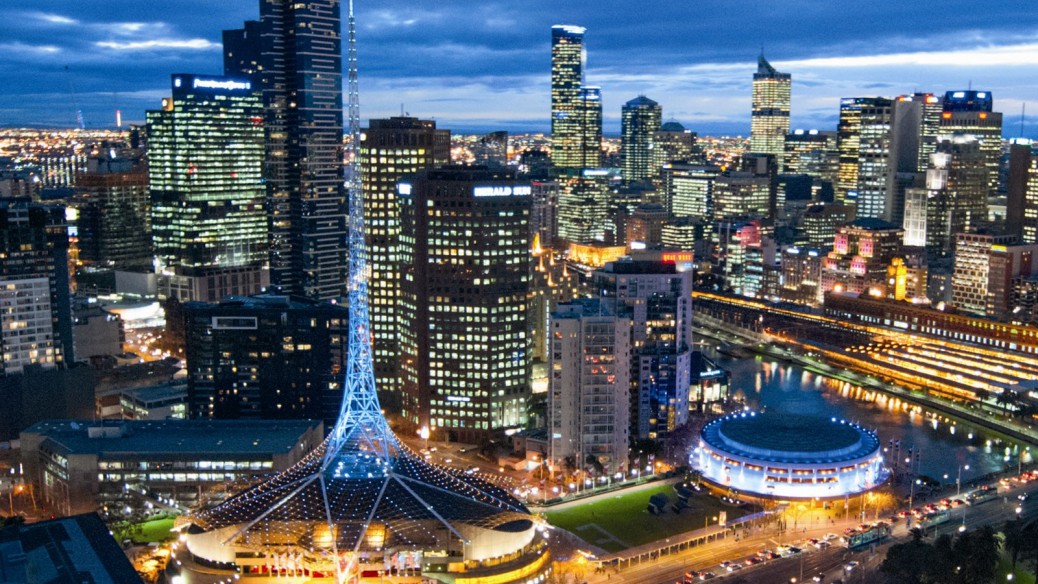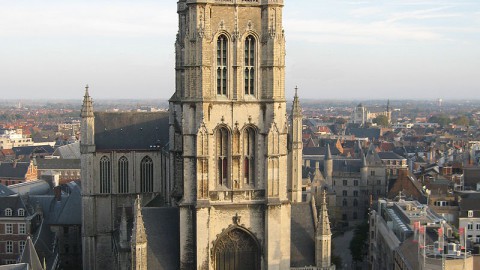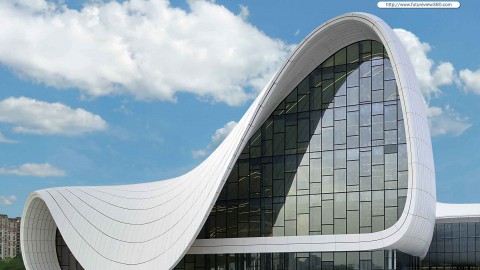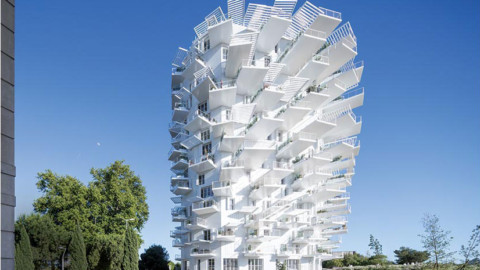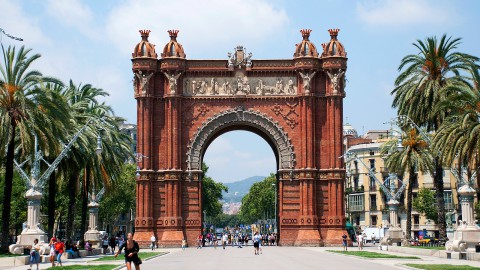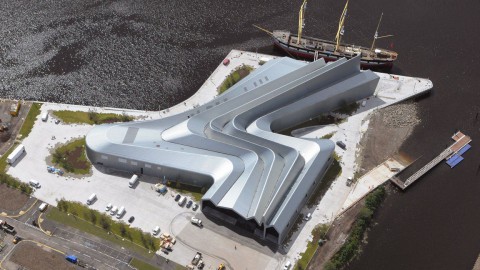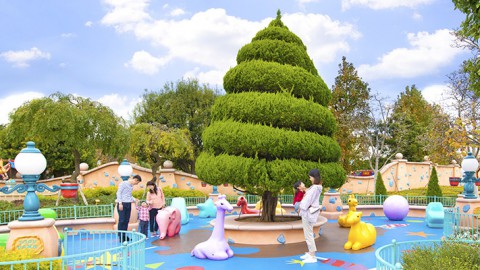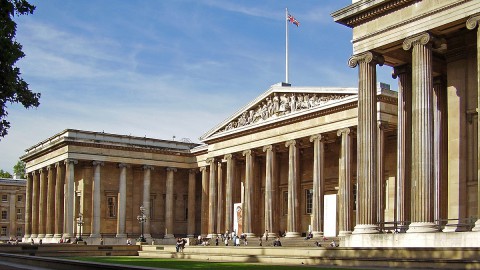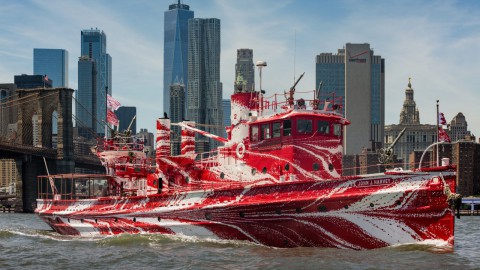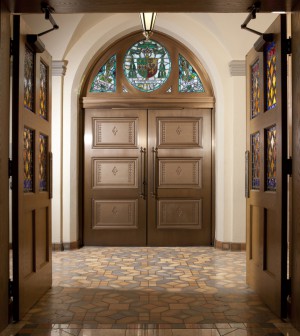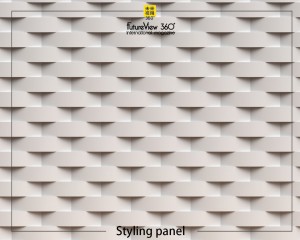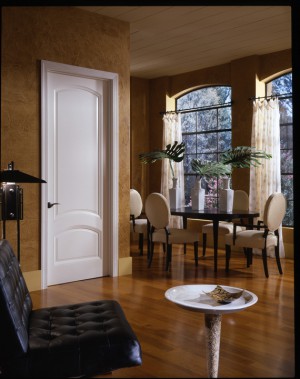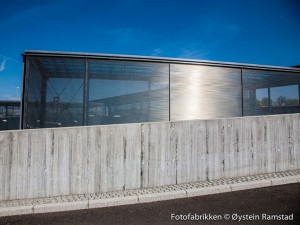Arts Centre Melbourne 墨爾本藝術中心
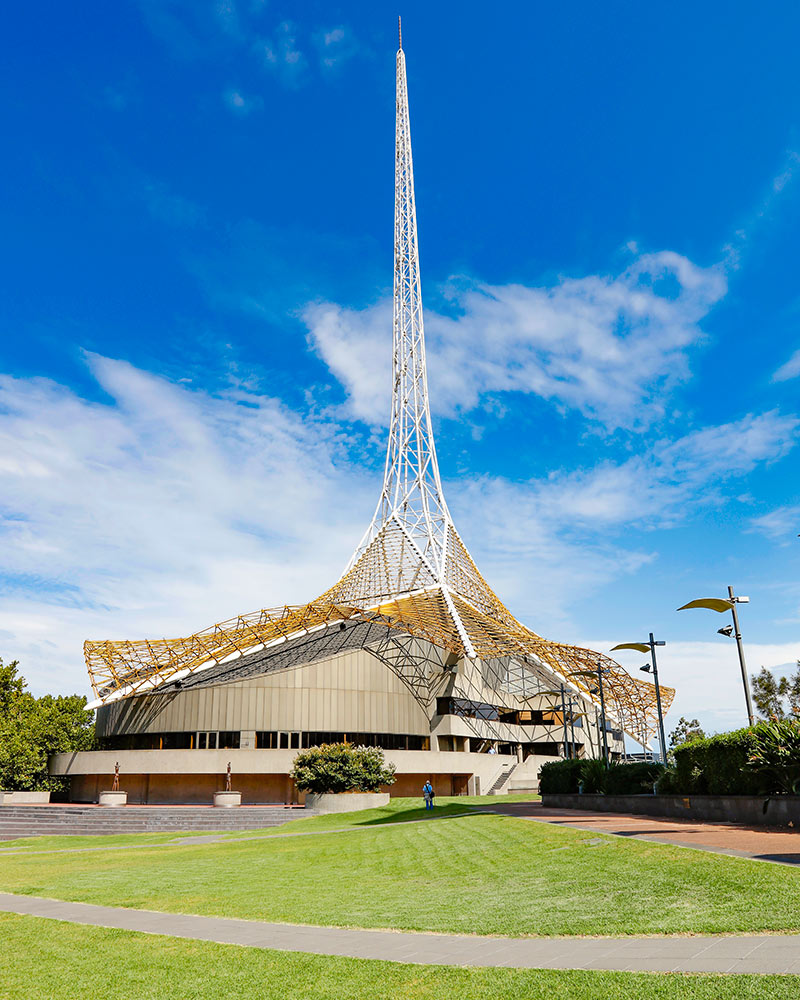
Arts Centre Melbourne, originally known as the Victorian Arts Centre and briefly called the Arts Centre, is a performing arts centre consisting of a complex of theatres and concert halls in the Melbourne Arts Precinct, located in the central Melbourne suburb of Southbank in Victoria, Australia.
It was designed by architect Roy Grounds, the masterplan for the complex (along with the National Gallery of Victoria) was approved in 1960 and construction began in 1973 following some delays. The complex opened in stages, with Hamer Hall opening in 1982 and the Theatres Building opening in 1984.
Arts Centre Melbourne is located by the Yarra River and along St Kilda Road, one of the city’s main thoroughfares, and extends into the Melbourne Arts Precinct.
Major companies regularly performing include Opera Australia, The Australian Ballet, the Melbourne Theatre Company, The Production Company, Victorian Opera, Bell Shakespeare, Bangarra Dance Theatre and the Melbourne Symphony Orchestra. Arts Centre Melbourne also hosts a large number of Australian and international performances and production companies.
Arts Centre Melbourne is listed on the Victorian Heritage Register.
墨爾本藝術中心,最初被稱為維多利亞藝術中心,簡稱藝術中心,是一個表演藝術中心,由墨爾本藝術區的劇院和音樂廳組成,位於墨爾本郊區的南岸,位於澳大利亞維多利亞州。
它由建築師Roy Grounds設計,該綜合體的總體規劃(以及維多利亞國家美術館)於1960年獲得批准,並在一些延遲後於1973年開始施工。該建築群分階段開放,1982年Hamer Hall開放,1984年開放劇院大樓。
墨爾本藝術中心位於亞拉河畔,沿著城市主要街道之一聖基爾達路(St Kilda Road),延伸至墨爾本藝術區(Melbourne Arts Precinct)。
定期演出的主要公司包括澳大利亞歌劇院,澳大利亞芭蕾舞團,墨爾本劇院公司,製作公司,維多利亞歌劇院,貝爾莎士比亞劇院,班加拉舞蹈劇院和墨爾本交響樂團。墨爾本藝術中心還擁有眾多澳大利亞和國際表演和製作公司。
墨爾本藝術中心被列入維多利亞遺產名錄。
General information
Type:Performing arts centre
Location:Southbank, Victoria, Australia
Coordinates:37°49′13″S 144°58′6″ECoordinates: 37°49′13″S 144°58′6″E
Construction started:1973
Completed:1984
Owner:Victorian Arts Centre Trust
Height:162 m (was 115 m with original spire)
Design and construction
Architect:Roy Grounds and Company
Other designers:John Truscott
一般信息
類型:表演藝術中心
地點:澳大利亞維多利亞州南岸
坐標:37°49’13“S 144°58’6”ECoordinates:37°49’13“S 144°58’6”E
施工開始:1973年
完成時間:1984年
所有者:維多利亞藝術中心信託
高度:162米(原始尖頂115米)
設計和施工
建築師:Roy Grounds and Company
其他設計師:John Truscott
History
Arts Centre Melbourne’s site has long been associated with arts and entertainment; in the early 20th century it was occupied variously by a permanent circus venue, an amusement park, a cinema and a dance hall.
During World War II there was a push to establish a new home for the National Gallery of Victoria, along with a state theatre, on the site. After many years of discussion, Roy Grounds was chosen as the architect, and his master plan of a gallery and an adjacent theater under a tall copper spire was approved in 1960. The gallery was completed in 1968, with the theatres to be built in a second stage.
Responsibility for the project lay with the building committee, established in 1956 and chaired by Kenneth Myer from 1965 to 1989. For twenty-five years the committee was a consistent force in the completion of the complex. Actor and film director George Fairfax, having joined the project in 1972, was appointed the first general manager of the building committee and then the trust, a position he held until 1989. As a result, Fairfax played an influential role in administration of Arts Centre Melbourne’s development.
In the early 1970s, due to the expansion of the size of both the theatre and the concert hall required, the addition of a smaller second theatre, and to accommodate difficulties associated with the geology of the site, Roy Grounds completely redesigned the project. The concert hall was separated out and placed in the riverbank, and the theatres building expanded above ground, with a latticework spire above.
Work began on the theatre site in 1973, but excavations were not completed until 1978, two years later than expected. Work began on the concert hall site in 1976. During the first phase of the project from 1972 until 1979 responsibility was with Rupert Hamer as Minister for the Arts (and premier) and during the main construction phase from 1979 to 1982 with Norman Lacy as Minister for the Arts (and Minister of Educational Services).
Once the buildings were nearly complete, and with the death of Roy Grounds in 1971, Academy Award-winning expatriate set designer John Truscott, was employed to decorate the interiors. His work was constrained only by a requirement to leave elements already constructed, such as Ground’s faceted cave-like concert hall interior, to which he applied mineral finishes, and his steel mesh draped ceiling in the State Theatre, to which he added perforated brass balls.
歷史
墨爾本藝術中心的網站長期以來一直與藝術和娛樂相關;在20世紀初期,它被一個永久性的馬戲場,一個遊樂園,一個電影院和一個舞廳所佔據。
第二次世界大戰期間,維多利亞國家美術館和國家劇院在該網站上建立了一個新家。經過多年的討論,Roy Grounds被選為建築師,他的高級銅尖頂下的畫廊和相鄰劇院的總體規劃於1960年獲得批准。該畫廊於1968年完工,劇院將建成一座第二階段。
該項目的責任在於建立委員會,該委員會成立於1956年,由Kenneth Myer於1965年至1989年擔任主席。二十五年來,該委員會是該綜合體完工的一貫力量。演員和電影導演喬治·費爾法克斯於1972年加入該項目,被任命為建築委員會的第一任總經理,然後被任命為信託,直到1989年他一直擔任該職位。因此,費爾法克斯在藝術中心管理中發揮了重要作用。墨爾本的發展。
在20世紀70年代早期,由於劇院和音樂廳所需的規模擴大,增加了一個較小的第二個劇院,並且為了應對與場地地質相關的困難,Roy Grounds完全重新設計了該項目。音樂廳被分開並放置在河岸中,劇院建築物在地面上擴展,上面有格子尖頂。
1973年在劇院現場開始工作,但直到1978年才完成挖掘,比預期晚了兩年。 1976年在音樂廳現場開始工作。在該項目的第一階段,從1972年到1979年,Rupert Hamer擔任藝術部長(和總理),並在1979年至1982年的主要建設階段與Norman Lacy擔任部長。藝術(和教育服務部長)。
一旦建築物接近完工,並且隨著Roy Grounds於1971年去世,獲得奧斯卡獎的外籍設計師John Truscott就被用來裝飾室內設計。他的作品僅限於要求留下已經建造的元素,例如Ground的刻面洞穴般的音樂廳內部,他應用了礦物飾面,以及他在國家劇院的鋼網天花板,他添加了穿孔黃銅球。
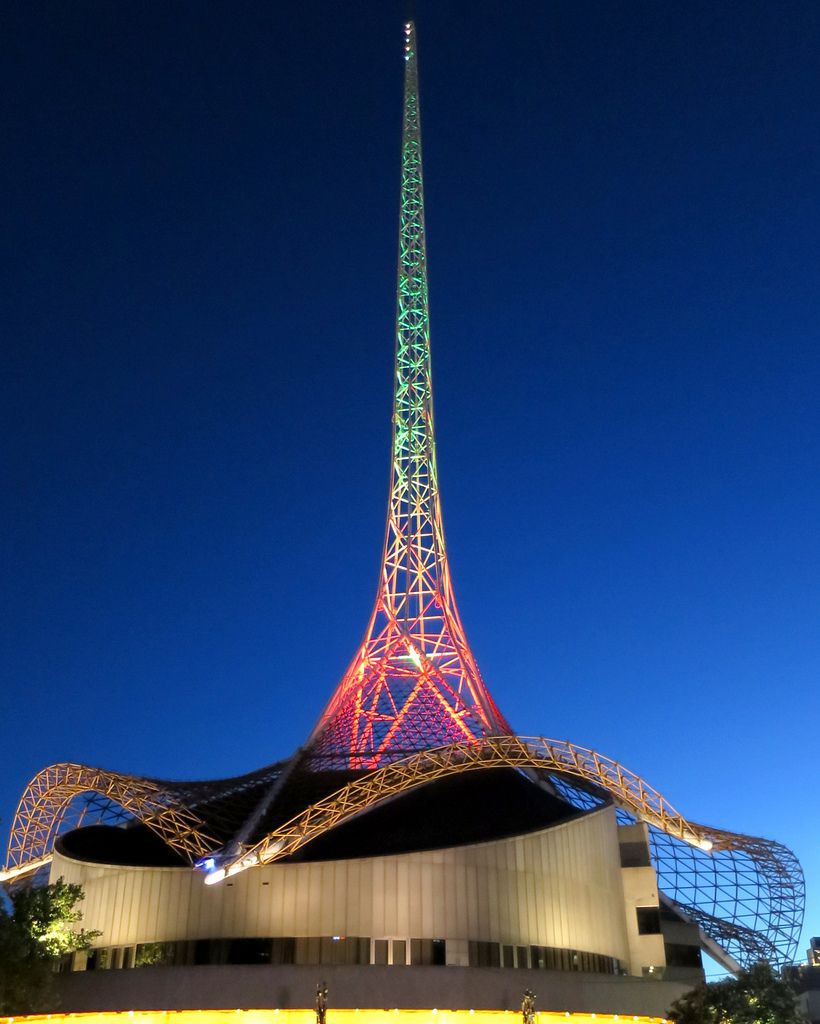
During his tenure, Norman Lacy was constantly called on to defend the Victorian Arts Centre Trust and its construction program during some highly charged public debates in the parliament. He had to defend the acoustics, the design of the spire, the rejection of the proposed changes to the Concert Hall interiors, the BASS ticketing system of the project, as well as its delays and cost over runs.
The Victorian Arts Centre’s management and administration was set up under the Victorian Arts Centre Act 1979 introduced into the Victorian parliament by Norman Lacy. The trustees were appointed by the Governor in Council, on the recommendation of the minister. The trust were given responsibility for the operation and programming of the publicly owned performing arts spaces that make up the Victorian Arts Centre – the Theatres Building beneath the Spire, Hamer Hall and the Sidney Myer Music Bowl.
Soon after the legislation to establish the trust was passed, Norman Lacy and George Fairfax undertook a study trip to North America and Europe to assess administrative arrangements, educational programs and community initiatives at major performing arts centres in Los Angeles, San Francisco, New York, Washington, Toronto, Ottawa, London and Paris. The result was the development of Arts Centre Melbourne’s management structure during 1981 and a suite of opening and on-going initiatives.
The Concert Hall opened in November 1982, while substantial work remained to be done on the Theatres site. The rest of Arts Centre Melbourne was opened progressively in 1984, with the Theatres building officially opened in October that year. This signified the completion of one of the largest public works projects in Victorian history, which had been undertaken over a period of almost twenty five years.
Arts Centre Melbourne is unusual in that its theatres and concert hall are built largely underground. Hamer Hall, situated closest to the river, was initially planned to be almost entirely underground, thus providing a huge open vista between the theatre spire, the river and Flinders Street railway station. However, construction problems with the foundations, including water seepage, meant the structure had to be raised to three storeys above ground.
Similarly, budget constraints meant that Grounds’ design for the Theatres Building, which included a copper-clad spire, were shelved, and a shortened un-clad design was substituted. This was eventually replaced with the current “full-height” un-clad spire.
在他任職期間,Norman Lacy在議會一些激烈的公開辯論中不斷被要求為維多利亞藝術中心信託及其建設計劃辯護。他不得不捍衛聲學,尖頂的設計,拒絕改造音樂廳內部,項目的BASS票務系統,以及延遲和運行成本。
維多利亞藝術中心的管理和行政工作是根據Norman Lacy在維多利亞州議會引入的1979年維多利亞藝術中心法案建立的。受託人是由總督會同行政局根據部長的建議任命的。該信託負責維護藝術中心的公共表演藝術空間的運作和編程 – 位於Spire,Hamer Hall和Sidney Myer音樂碗下的劇院大樓。
建立信託的立法通過後不久,諾曼拉齊和喬治費爾法克斯進行了一次北美和歐洲的學習之旅,以評估洛杉磯,舊金山,紐約主要表演藝術中心的行政安排,教育計劃和社區倡議,華盛頓,多倫多,渥太華,倫敦和巴黎。其結果是1981年墨爾本藝術中心管理結構的發展以及一系列開放和持續的舉措。
音樂廳於1982年11月開放,而劇院現場仍有大量工作要做。墨爾本藝術中心的其他部分於1984年逐步開放,劇院大樓於當年10月正式開放。這標誌著維多利亞州歷史上最大的一個公共工程項目的完工,該項目已經進行了將近二十五年。
墨爾本藝術中心的不同之處在於其劇院和音樂廳大部分都建在地下。 Hamer Hall位於離河最近的地方,最初計劃幾乎完全是地下的,因此在劇院尖塔,河流和弗林德斯街火車站之間提供了一個巨大的開闊景觀。然而,基礎的施工問題,包括滲水,意味著結構必須升高到地上三層。
同樣,預算限制意味著Grounds對劇院大樓的設計(包括一個覆銅尖頂)被擱置,並且縮短了未包層設計。這最終被當前的“全高”未包層尖頂所取代。
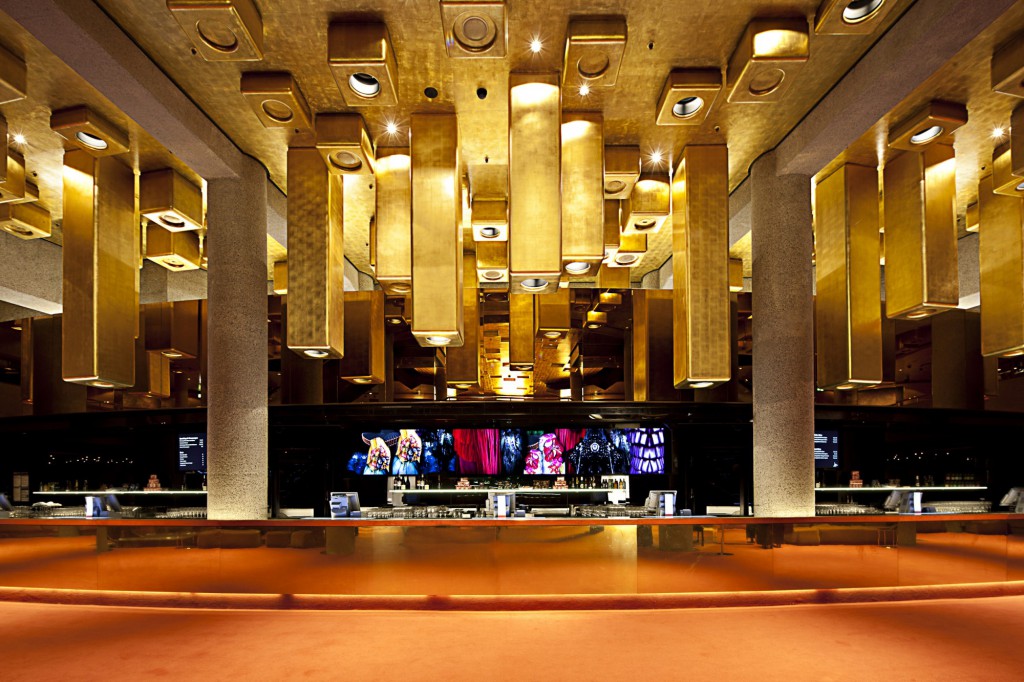
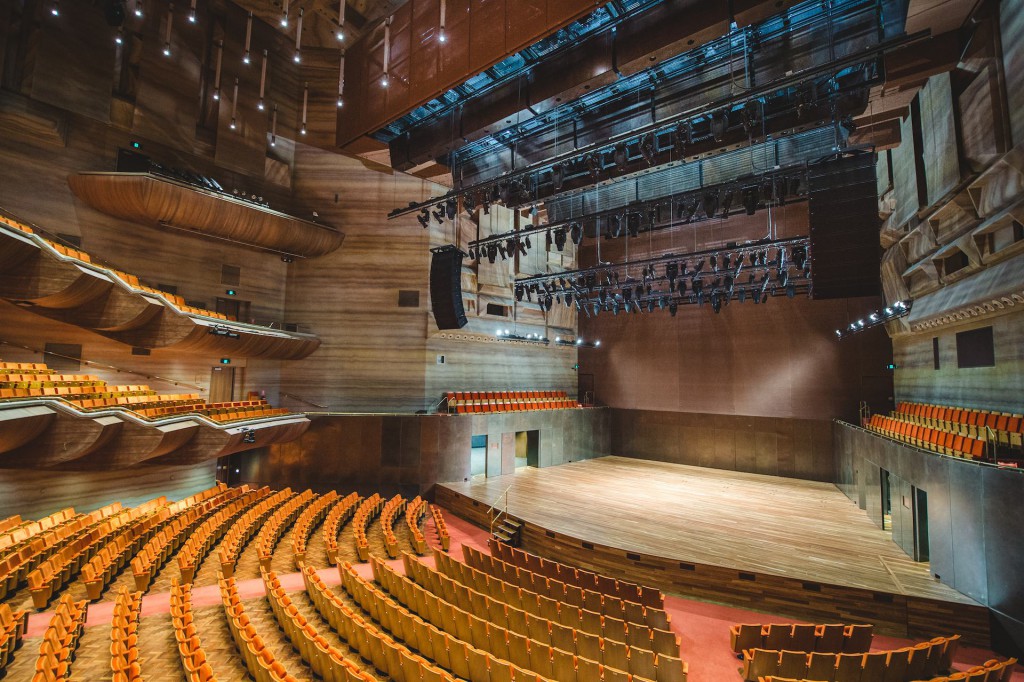
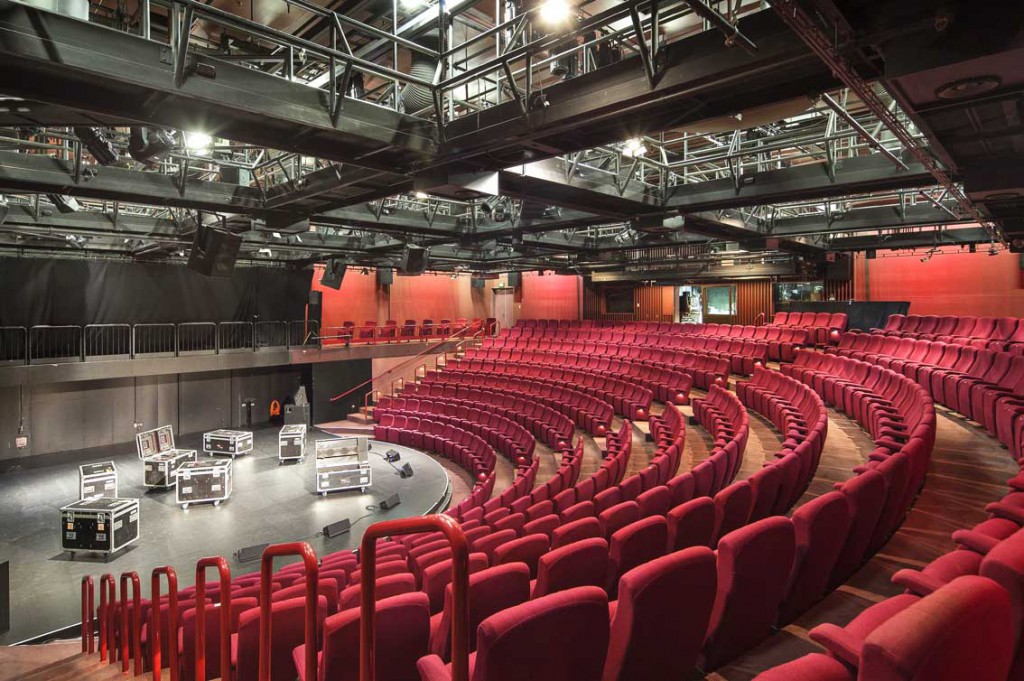
Spire
The complex features a large steel spire with a wrap-around base.
The original spire envisaged by Roy Grounds was 115 metres tall and because of its complexity was one of the first structures in Australia to rely on computer-aided-design (CAD). After significant public controversy, political inquiry and financial reassessment, the spire was completed by the Minister for the Arts, Norman Lacy, installing the lightning conductor rod at its pinnacle on 20 October 1981.
By the mid-1990s, signs of deterioration became apparent on the upper spire structure and Arts Centre Melbourne’s Trust decided to replace the spire. The new spire was completed in 1996, and reaches 162 metres, though it is still based on Grounds’ original design. The spire is illuminated with some 6,600 metres (21,653 feet) of optic fibre tubing, 150 metres (492 feet) of neon tubing on the mast and 14,000 incandescent lamps on the spire’s skirt. The metal webbing of the spire is influenced by the billowing of a ballerina’s tutu and the Eiffel Tower.
A wedge-tailed eagle and peregrine falcon were utilised in early 2008 to deter groups of sulphur-crested cockatoos from damaging the spire’s electrical fittings and thimble-sized lights.
On 1 January 2012 the spire was accidentally set afire by New Year’s Eve fireworks. Two sides of the structure were set ablaze by fireworks that apparently discharged improperly, causing flaming debris to fall to the ground. The fire burned for about forty minutes, causing only cosmetic damage to the tower.
尖塔
該建築群設有一個帶有環繞式底座的大型鋼製尖頂。
Roy Grounds設想的原始尖頂高115米,因其複雜性是澳大利亞首批依賴計算機輔助設計(CAD)的結構之一。經過重大公眾爭議,政治調查和財務重新評估後,藝術部長Norman Lacy在1981年10月20日在其頂峰安裝了避雷針桿,完成了尖頂。
到20世紀90年代中期,上部尖頂結構變得明顯惡化,墨爾本藝術中心的信託基金決定更換尖頂。新的尖頂於1996年完工,達到162米,儘管它仍然基於Grounds的原始設計。尖頂上有約6,600米(21,653英尺)的光纖管,桅杆上150米(492英尺)的霓虹燈管和尖頂裙邊的14,000盞白熾燈。尖頂的金屬織帶受到芭蕾舞女演員芭蕾舞短裙和艾菲爾鐵塔滾滾的影響。
2008年初使用了一隻楔尾鷹和遊隼來阻止一群硫磺鳳頭鸚鵡摧毀尖頂的電氣配件和頂針大小的燈。
2012年1月1日,尖頂被新年前夜煙花意外燒毀。結構的兩側被煙花點燃,這些煙花顯然是不正確地排出,導致火焰碎片落到地上。大火燒了大約四十分鐘,只對塔造成了外觀損壞。
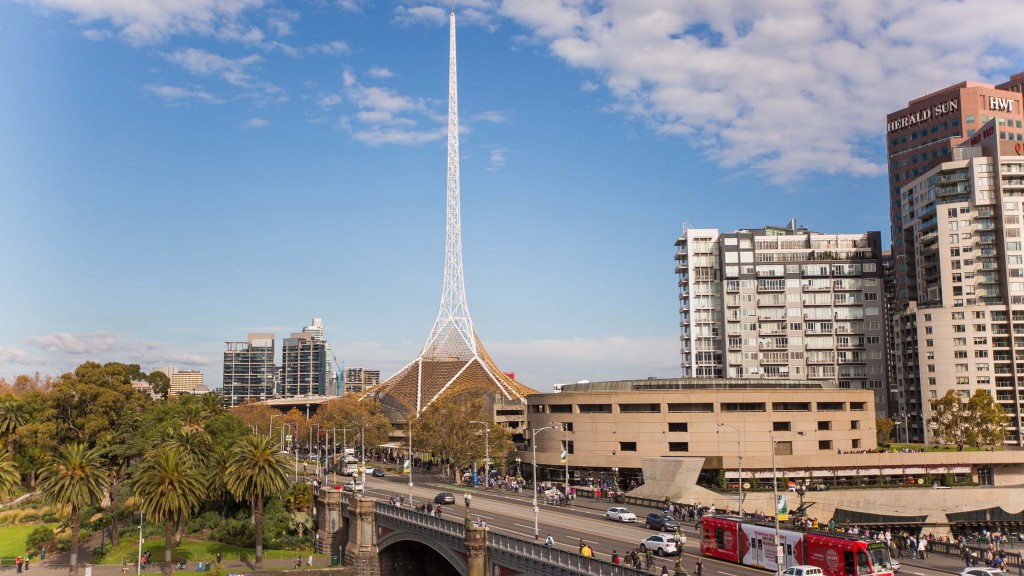
FROM:https://en.wikipedia.org/wiki/Arts_Centre_Melbourne
FROM:Arts Centre Melbourne | 2018
Don’t you think it’s addictive?
Want to know more about the beauty of architecture?
Come and join our members to explore the beauty of architectural design.
覺得看得不過癮嗎?
想要知道更多建築之美嗎?
快來加入我們的會員,一同探索建築設計之美。
The above article is purely for appreciation and sharing purposes, as well as the construction of new technology and the public can be in-depth understanding of the information at the same time there are sources, will be able to query, no use of the document as a commercial transaction, if illegal, please inform the We will immediately remove the site, thank you for cooperation.
以上文章純粹作為欣賞及分享用途,以及將建築新型技術傳遞給與大眾能夠深入了解,同時資料還有來源,將可查詢,絕無使用該文件資料作為商業交易行為,如有違法請務必告知該網站我們將立即處理撤除,謝謝合作。

